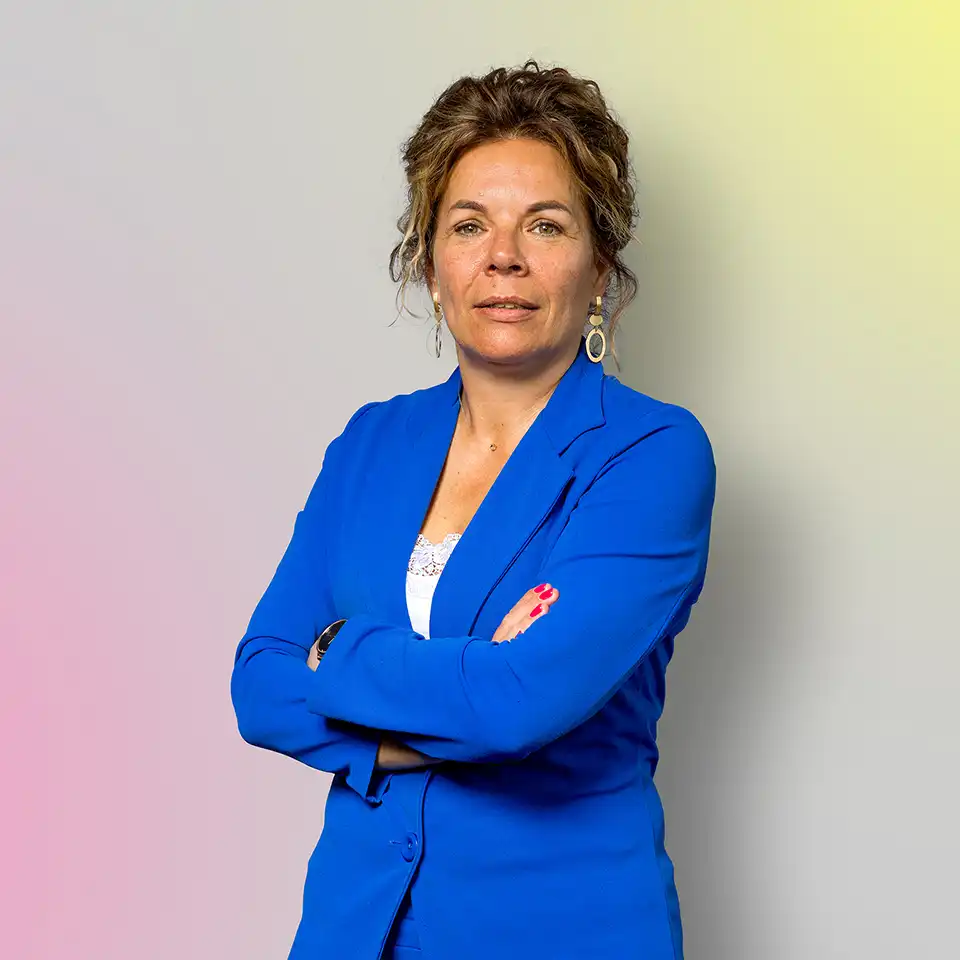SAP Cloud Finance
SAP Cloud Finance is the SAP stack for finance, from ERP with S/4HANA to consolidation with Group Reporting and business planning with SAP Analytics Cloud.
SAP Cloud Finance is our approach to the automation of finance processes, using SAP software.
Many companies are still too preoccupied with performing financial administration that could actually be better automated. The benefits of smart automation are twofold :
- You save a lot of time with automation of boring tasks which now allows you to look ahead and make a strategic contribution to the organization
- The quality of data gets better with automation and a smart data model, allowing you to trust it better
In addition, the work in the finance department becomes so much more enjoyable that attracting and retaining talent becomes a lot easier.
This is the reason for Finext to offer SAP Cloud Finance with S/4HANA, Group Reporting and SAP Analytics Cloud (SAC) as a powerful combination. The big advantage for the customer is that the data model in the ERP and EPM solution are seamlessly aligned by the best SAP finance specialists in the Netherlands.
What do you use SAP Cloud Finance for?
SAP Cloud Finance by Finext is an end-to-end solution for the entire finance stack:
- Financial Operations with SAP S/4HANA Cloud
- Accounting & Reporting with SAP S/4HANA Cloud Finance for Group Reporting
- Financial Planning & Analysis with SAP Analytics Cloud
With SAP Cloud Finance, you use the most reliable solutions in the Cloud, set up by fintech specialists.
Software as as Service (SaaS) from SAP is ideal when managing ERP & EPM are not a core business but agility and reliability with data security are important.
Who uses SAP Cloud Finance?
- Office of the CFO
- Accounting
- Procurement
- Sale
- and the rest of the organization, in terms of registration and input.
Finext & SAP
Finext has been a Recognized Expertise Partner of SAP for over 10 years and our clients regularly win SAP Quality Awards for their Finance implementations.
We dare to say that we are the specialist in the Netherlands.
We are involved in most implementations and since 2023 we also have experienced S/4HANA Public Cloud consultants on board to perfectly align ERP and EPM.

Can I help you?

What can you do with it?
Technology pays off even better when you can leverage it for more purposes. We explore the possibilities of our tools every day. Below are some of the solutions we've discovered.
S/4HANA Cloud is ready to use from day one. In fact, you can run a business right from the cloud with your laptop, tablet or smartphone. With smart automation, ready-to-use business processes and solid reporting, you'll have an immediate head start.
SAP S/4HANA Cloud Finance for Group Reporting is the integrated consolidation application within SAP S/4HANA for consolidation of financial data of different entities within a group of companies.
SAP Analytics Cloud is a cloud-based solution that helps companies make data-driven decisions through real-time analytics, interactive dashboards, data visualizations and strong planning functionalities.
SAP Disclosure Management (SAP DM) helps you ease the monthly and annual process and internal management reporting.
Our Cost and Profitability team uses SAP PaPM as part of this toolkit to help companies understand customers, costs and performance.






.webp)
We are at your service.
At Finext, more than 100 driven financial professionals are at your service every day. Together we are committed to strengthening the position of the financial professional. Always expert, always practical and always with a touch of humor. Real professionals who make the difference.





.webp)






.webp)